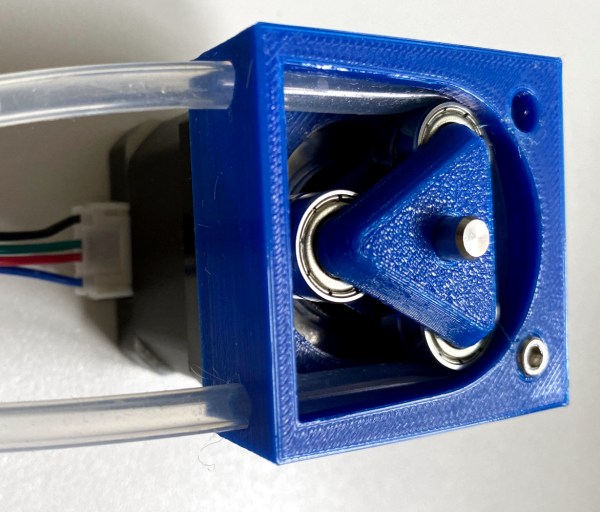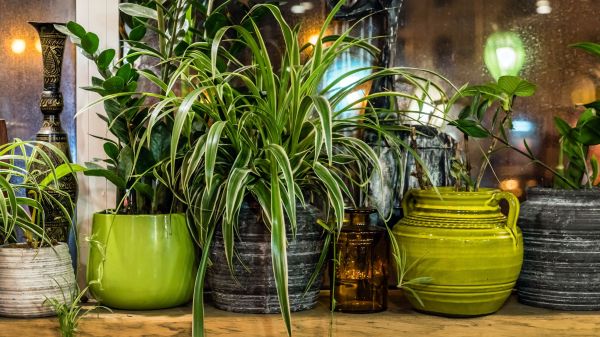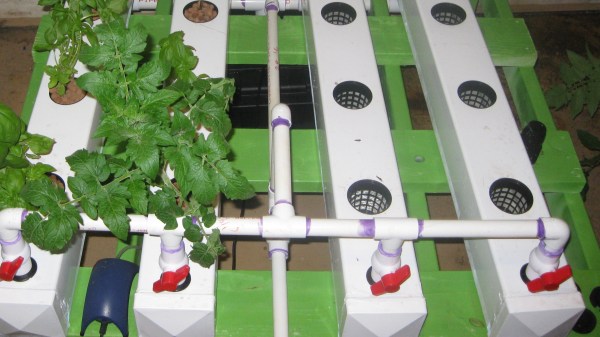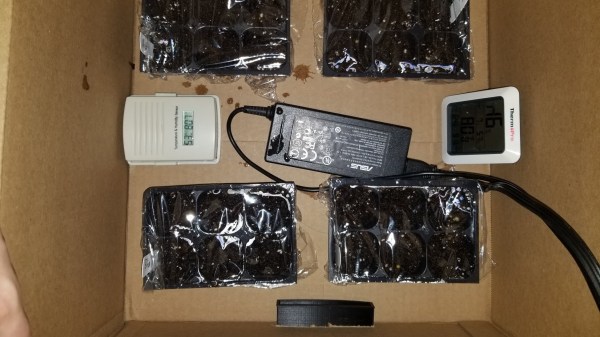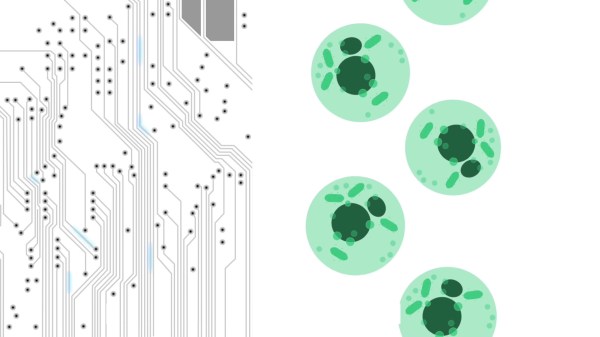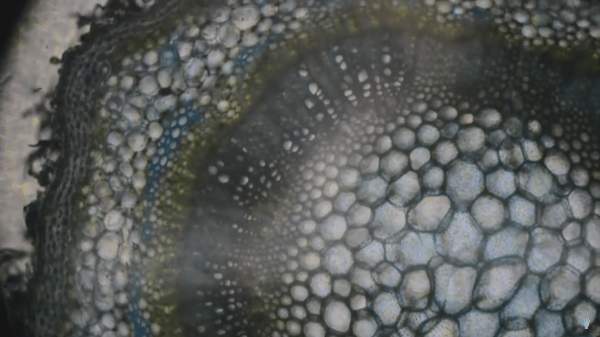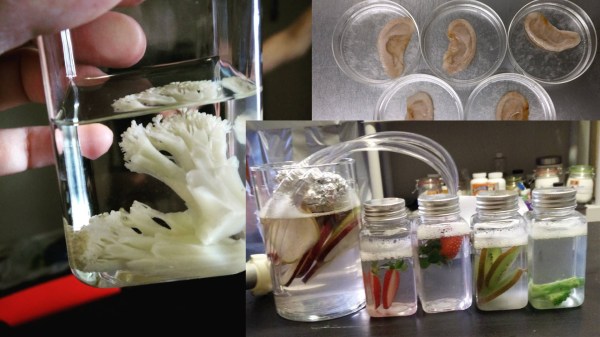For all but the most experienced gardeners and botanists, taking care of the soil around one’s plants can seem like an unsolvable mystery. Not only does soil need the correct amount of nutrients for plants to thrive, but it also needs a certain amount of moisture, correct pH, proper temperature, and a whole host of other qualities. And, since you can’t manage what you can’t measure, [Jan] created a unique setup for maintaining his plants, complete with custom nutrient pumps.
While it might seem like standard plant care on the surface, [Jan]’s project uses a peristaltic pump for the nutrient solution that is completely 3D printed with the exception of the rollers and the screws that hold the assembly together. With that out of the way, it was possible to begin adding this nutrient solution to the plants. The entire setup from the pump itself to the monitoring of the plants’ soil through an array of sensors is handled by an ESP32 running with help from ESPHome.
For anyone struggling with growing plants indoors, this project could be a great first step to improving vegetable yields or even just helping along a decorative houseplant. The real gem is the 3D printed pump, though, which may have wider applications for anyone with a 3D printer and who also needs something like an automatic coffee refilling machine.

